Kitchen Fire Safety Tips
Fall is a great time of year. Beautiful colours, crisp weather, and lots of comfort food. And for a lot of us it means gathering around the table for home cooked meals with friends and family. But with the increased time in the kitchen comes more potential for accidents. According to Kidde’s fire safety educator, Sharon Cooksey, “Half of all home fires start in the kitchen. Understanding the risks and taking a few simple preventative measures are not only worthwhile but potentially life-saving.” I couldn’t agree more.
Cooksey recommends checking out the Healthy Homes website by Kidde parent company Carrier which can help homeowners plan living and work spaces that are healthy, comfortable and offer a feeling of security.
Meantime, when it comes to kitchen fire safety, here’s some do’s and don’ts you need to know in order to keep your home and family safe.
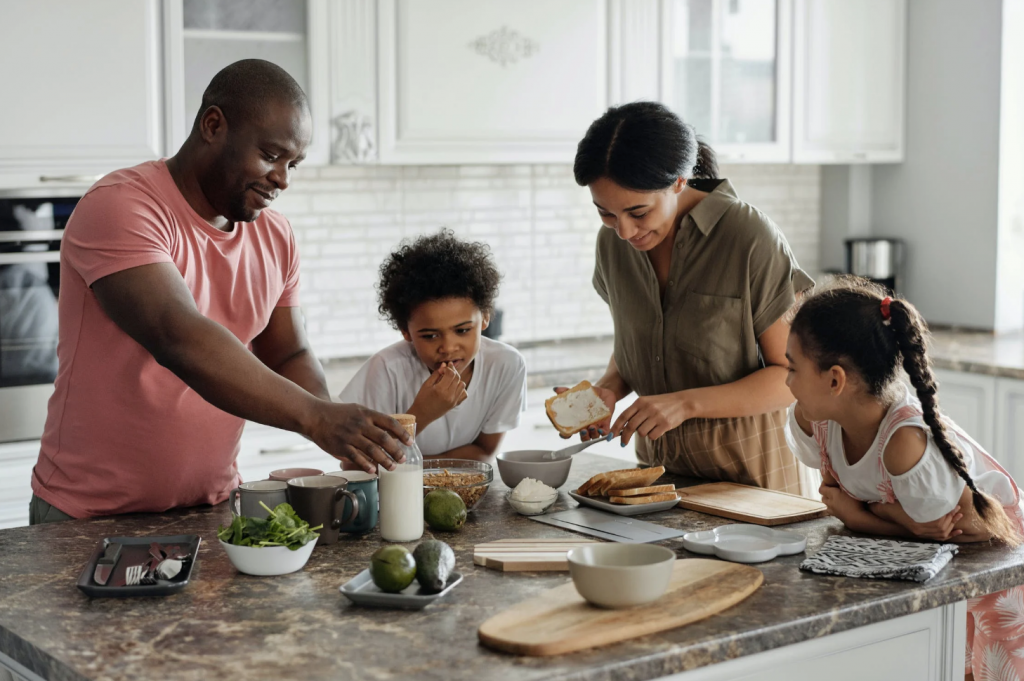
Don’t leave food unattended while frying, grilling or broiling. It’s all too common for people to walk away thinking they’ll be right back, and then get distracted and forget. It doesn’t take long for a fire to start and once it does it can go from a small flame to engulfing the entire room in as little as 30 seconds.
Do use a timer when baking or simmering food, and check on them often.
Don’t forget to turn off the oven and burners as soon as you’re done cooking.
Do keep a 3-foot safety radius around your stove. That means keeping anything flammable at least three feet away.
Don’t wear loose clothing when you cook. Long, loose sleeves can easily catch fire when you lean over to take something out of the oven or stir something on the stove.
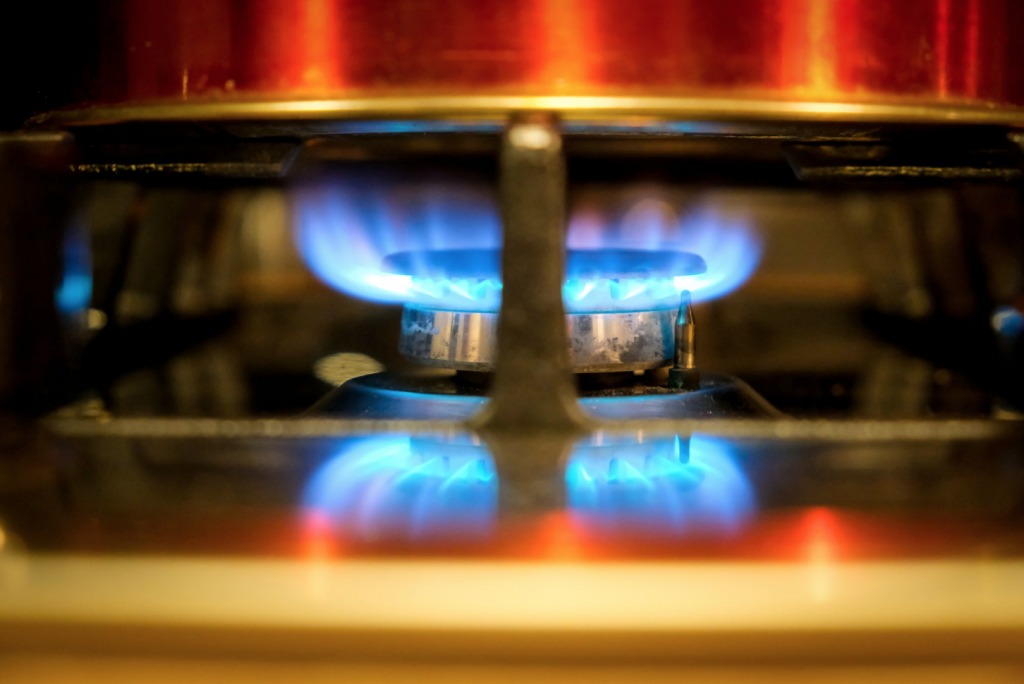
Do turn pot handles inward so that they won’t be caught by anyone. This can prevent dangerous spills and burns.
Don’t open your oven door if there’s a fire inside. Turn off the heat and call 911 immediately.
Do keep your kitchen fire extinguisher behind you and not to the side of your stove. In case of a fire you shouldn’t have to reach over the fire to reach your extinguisher.
Don’t run appliance cords over the stove or sink.
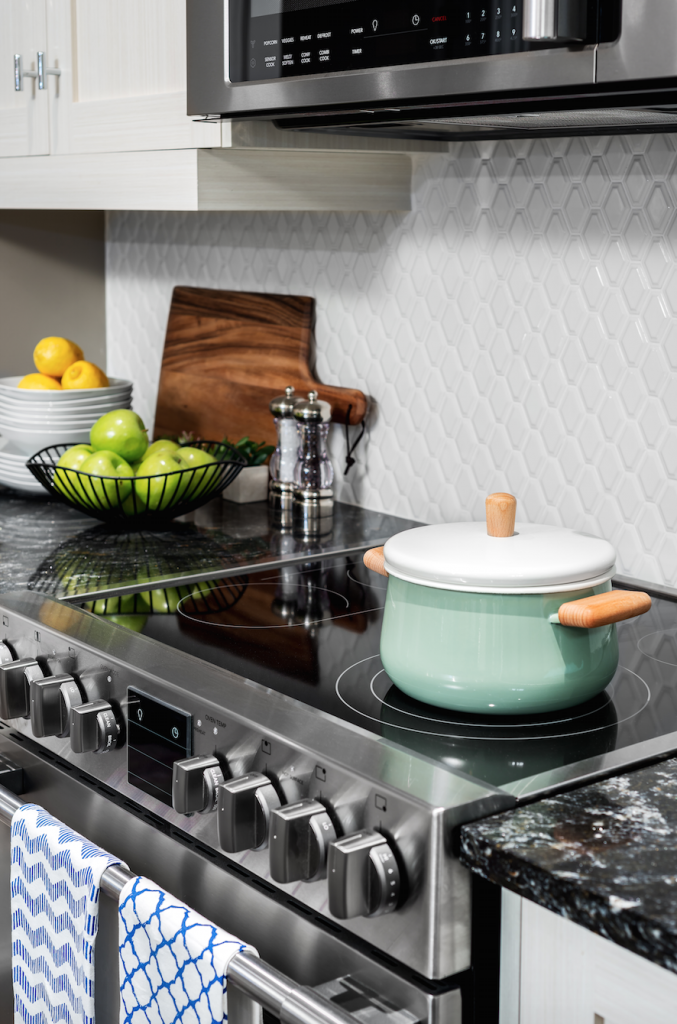
Do keep cooking appliances and free of grease build-up.
Don’t wait until a fire breaks out to learn how to use your extinguisher. Read the instructions and check the pressure gauge monthly to ensure it’s charged and ready to use.
Do remember the pass method for using fire extinguishers.
- Pull
- Aim
- Spray
- Sweep
Don’t try to use an extinguisher to put out a large fire. They are meant to put out small fires or help clear a path for escape. Otherwise get out and call 911.
Do have an escape plan and practice it with your family and pets. When everyone knows what to do in case of a kitchen fire, it will avoid extra chaos and help keep everyone calm.
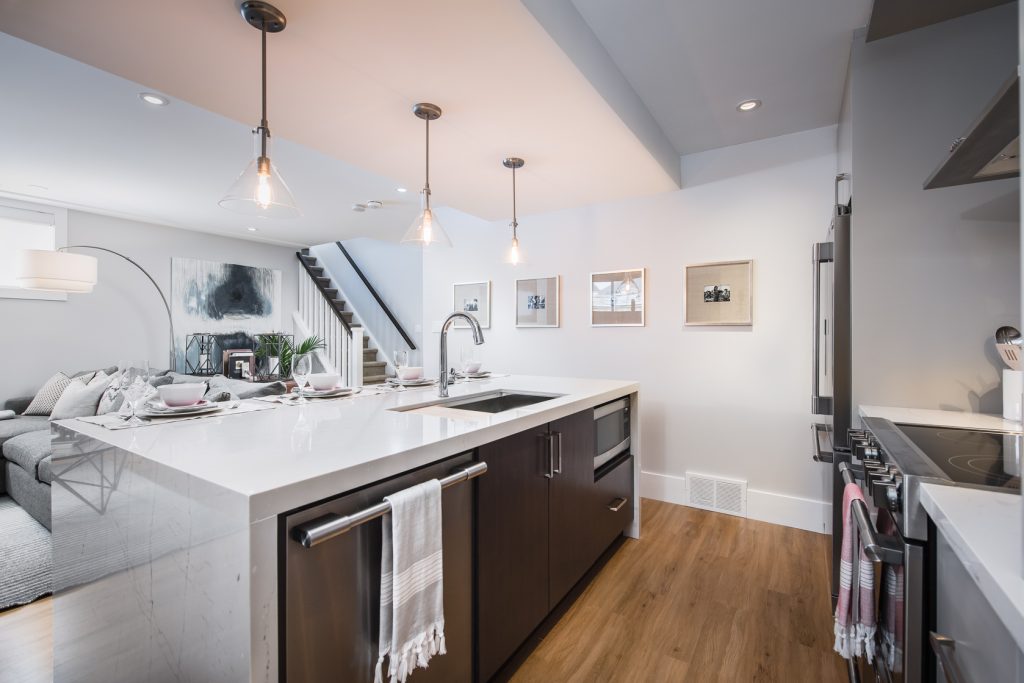
General Fire Safety Tips
Smoke and carbon monoxide alarms must be replaced after 10 years. In addition to testing alarms once each week, check the manufactured date on your smoke and carbon monoxide alarms to make sure they’re current. If they’re older than 10 years of age, it’s time to replace them. For kitchens, Sharon suggests Kidde’s combination smoke & CO alarm as it provides smoke and carbon monoxide detection, while helping to reduce nuisance alarms from cooking.
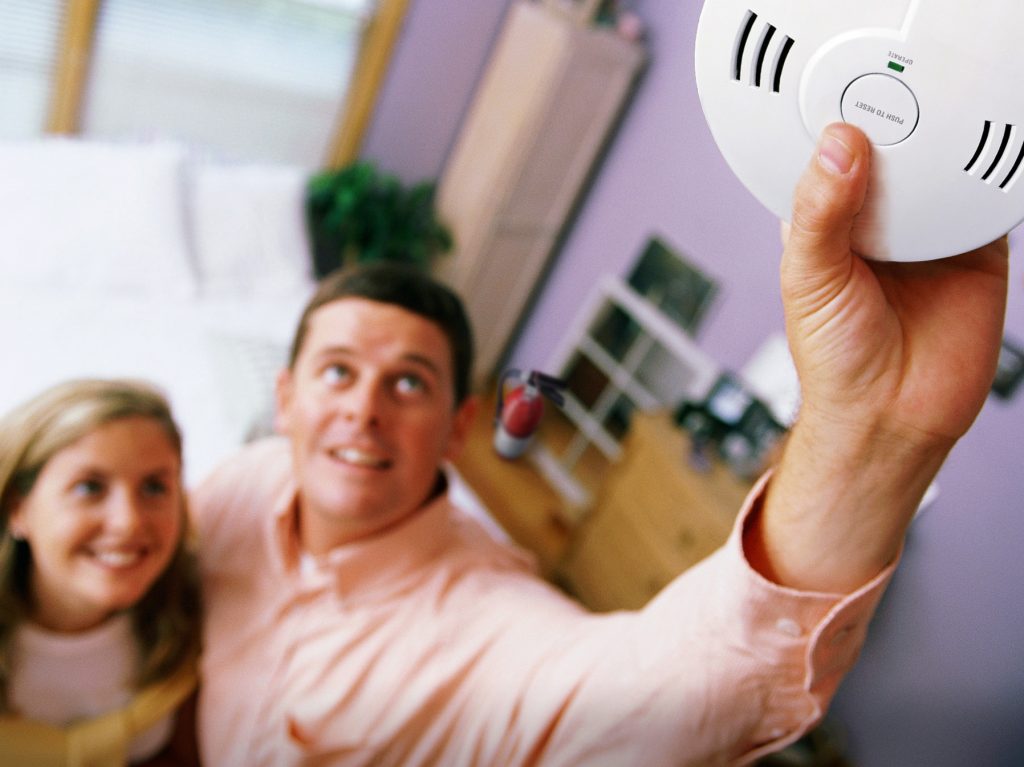
For more fire safety tips and products, please visit www.kidde.com and for more healthy home products visit www.carrier.com/healthyhomes.

Comments